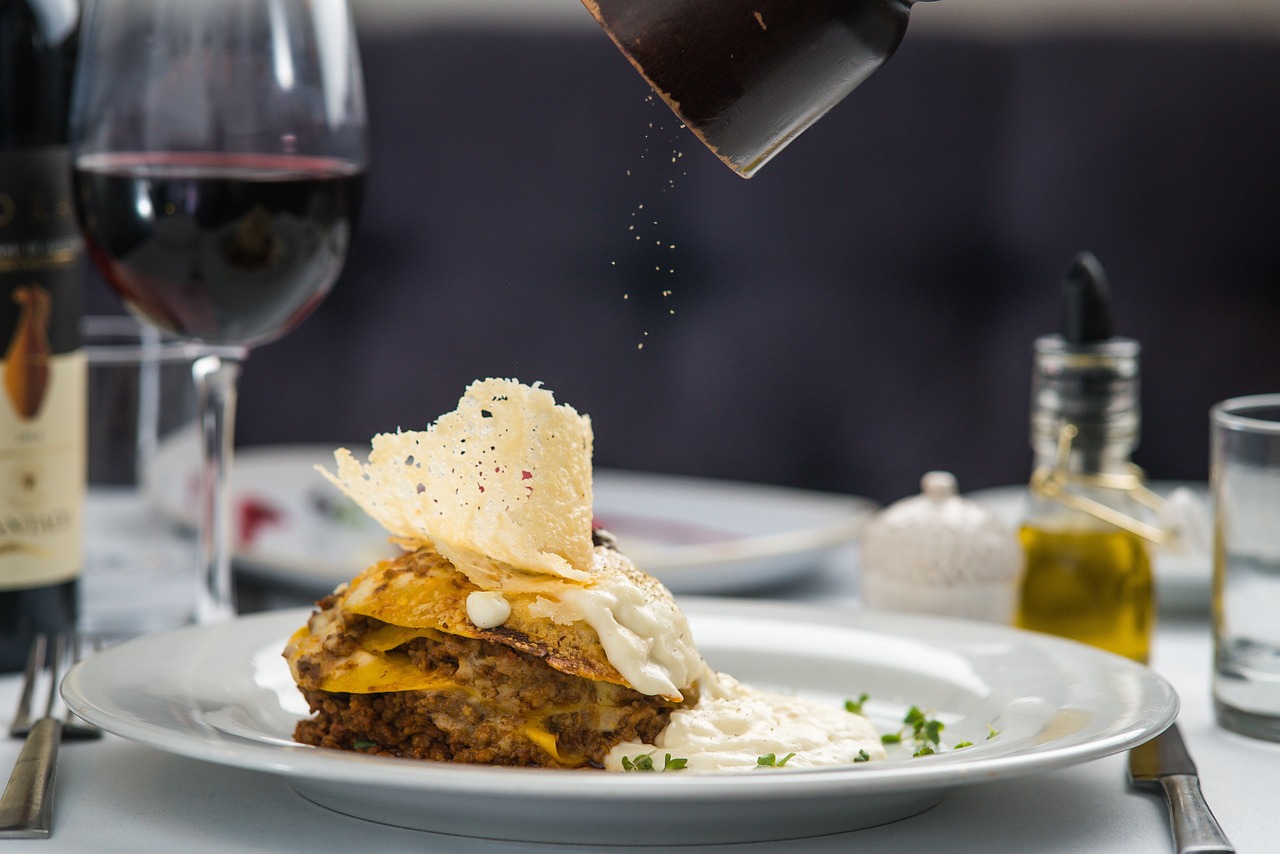Having a professional presence is essential to make a lasting impression on potential clients and partners. One effective way to establish your brand identity is through business cards. These small pieces of cardstock carry immense significance, serving as a tangible representation of your business. Creating professional business cards doesn’t have to break the bank, especially in the UK where budget-conscious entrepreneurs are finding creative ways to make an impact without overspending.
In a digital age dominated by virtual interactions, the tactile experience of exchanging business cards remains a powerful way to make a connection. Even with the rise of online platforms, a well-designed business card can leave a lasting impression that lingers in the recipient’s memory. In this article, we will delve into the art of crafting professional business cards on a budget in the UK.
Understanding the Importance of Business Cards
Business cards are more than just contact information on paper; they encapsulate your brand’s essence and leave a remarkable impact. A well-crafted business card can convey professionalism and legitimacy, making it an invaluable asset for any entrepreneur. When someone holds your business card, they’re holding a piece of your brand – a representation of your values, services, and identity.
Designing Your Business Cards: Tips and Tricks
Incorporating Your Brand Elements
Your business card should be an extension of your brand. Incorporate your logo, color palette, and brand messaging to ensure consistency across all touchpoints. Consistency is key in reinforcing your brand identity, and your business card should seamlessly fit into your larger brand ecosystem.
Utilizing Minimalism for Maximum Impact
Less is often more when it comes to design. Opt for a clean, uncluttered layout that allows key information to stand out. The minimalist approach not only looks elegant but also ensures that your card isn’t overwhelming to the recipient. Make sure that every element on your card serves a purpose and contributes to the overall design.
Choosing the Right Typography and Colors
Select fonts and colors that resonate with your brand’s personality. Legibility is crucial, so choose fonts that are easy to read. A balanced combination of fonts and colors can enhance the visual appeal of your business card. Bold fonts for your name and subtle fonts for contact details can create a pleasing contrast.
Material Matters: Selecting the Right Paper
The choice of paper can significantly impact how your business cards feel and look. High-quality paper can make a strong impression, even on a budget. Consider paper options that are thicker and more substantial for a professional touch. The tactile experience of a well-crafted card can leave a lasting impression on the recipient.
Printing Options for Budget-Friendly Business Cards
Online Printing Services
Numerous online platforms offer cost-effective printing solutions, allowing you to choose from various designs and finishes. These platforms often provide customizable templates that can help you create a unique and eye-catching design. Explore the options they offer, from glossy finishes to matte textures, to find the one that aligns with your brand vision.
Local Print Shops
Supporting local businesses while getting your business cards printed can be a win-win. Local print shops often provide personalized services and quick turnarounds. You can discuss your design ideas with the print shop experts to ensure that your vision is brought to life. Moreover, establishing a relationship with a local print shop can lead to better deals in the long run.
Do-It-Yourself (DIY) Business Card Printing
For the creatively inclined, DIY business card printing can be a cost-effective option. With the right tools and materials, you can achieve unique results. Explore creative techniques such as stamping, embossing, or using specialty inks to add a personalized touch to your cards. DIY cards can be a reflection of your hands-on approach to business, which can resonate with potential clients.
Making a Statement with Creative Shapes and Finishes
Break away from traditional rectangular cards and consider unconventional shapes and finishes to make your business cards memorable. Unique shapes, such as rounded corners or custom die-cut shapes, can make your cards stand out in a stack. Additionally, experimenting with finishes like spot UV or foil stamping can add a touch of sophistication.
Networking Strategies: Distributing Your Business Cards
Conferences and Trade Shows
These events provide ample opportunities to network with industry professionals and potential clients. Always have a stack of business cards ready to exchange. Engage in meaningful conversations and offer your card as a follow-up to maintain connections. Attending industry-specific events can help you target the right audience for your services.
Local Business Meetups
Engage with your local business community by attending meetups. Your business cards can spark conversations and connections. Don’t just hand out cards; take the time to engage in discussions and establish genuine relationships. Local meetups provide a platform to showcase your expertise and learn from other entrepreneurs.
Everyday Encounters
You never know when you’ll meet a potential business contact. Carry your business cards wherever you go to seize spontaneous networking moments. Whether you’re at a coffee shop, gym, or social event, be prepared to share your information. Every encounter is an opportunity to expand your network and potentially gain a client or collaborator.
Tracking and Measuring Business Card Effectiveness
Use unique elements like QR codes to track how many recipients engage with your business after receiving your card. This data can inform your future strategies. Experiment with different designs, wording, or offers to see what resonates best with your target audience. Regularly assess the impact of your business cards and adjust your approach accordingly.
Reordering and Updating Your Business Cards
As your business evolves, so should your business cards. Regularly update your information and reorder cards to avoid giving out outdated details. Consider adding social media handles or a tagline to reflect your business’s current focus. An updated business card showcases your adaptability and growth over time.
Sustainability: Eco-Friendly Business Card Practices
Consider using recycled or sustainably sourced paper for your cards. Eco-friendly practices not only benefit the environment but also showcase your commitment to responsible business practices. Mention your environmentally conscious choices on the card to highlight your values. Sustainable practices can resonate with eco-conscious clients.
Top Mistakes to Avoid When Designing Business Cards
- Cluttered design: Keep your design clean and focused.
- Illegible fonts: Choose readable fonts that maintain professionalism.
- Poor color choices: Opt for colors that align with your brand and are easy on the eyes.
- Neglecting the back side: Use both sides of the card to convey additional information or branding elements.
- Overlooking proofreading: Typos and errors can undermine your professionalism.
Conclusion
Creating professional business cards on a budget in the UK is entirely feasible with the right approach. Remember that your business card is a reflection of your brand’s identity, so invest time and thought into its design and production. By focusing on design, materials, and strategic distribution, you can make a memorable impact without compromising your budget.
FAQs
- How much should I budget for business card printing? Budgets can vary, but online printing services often offer affordable options starting from £20 for a batch of cards.
- Can I print business cards at home? Yes, DIY printing is an option, but it requires the right equipment and materials to achieve a polished look.
- What paper type is best for a professional look? Opt for a thicker paper stock with a matte finish for a professional and durable appearance.
- How many business cards should I carry to an event? It’s advisable to carry more than you anticipate needing. A stack of 50 to 100 cards is generally a good range.
- Can I use unconventional shapes for my business cards? Yes, creative shapes can help your card stand out, but ensure they align with your brand’s image and don’t compromise usability.




